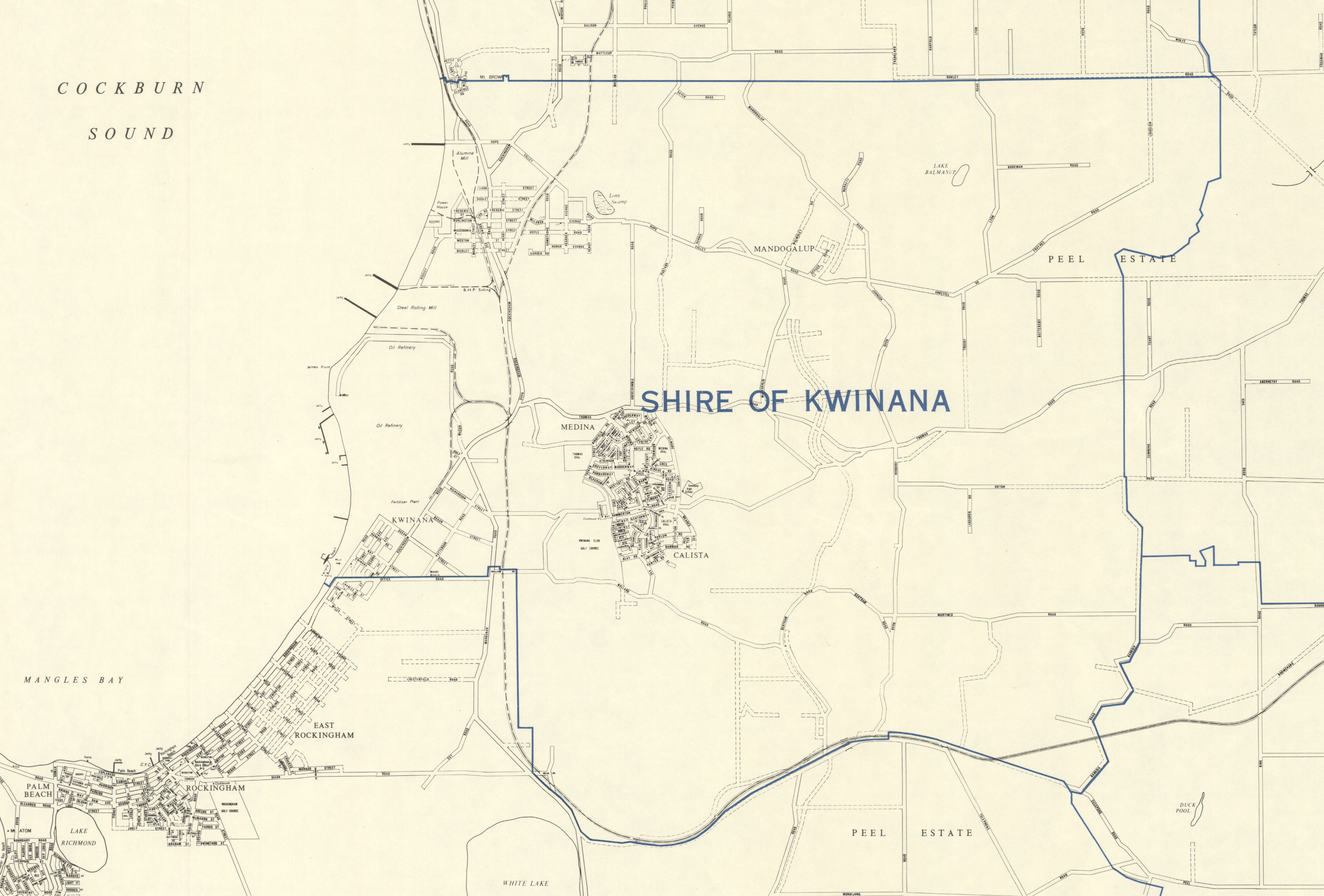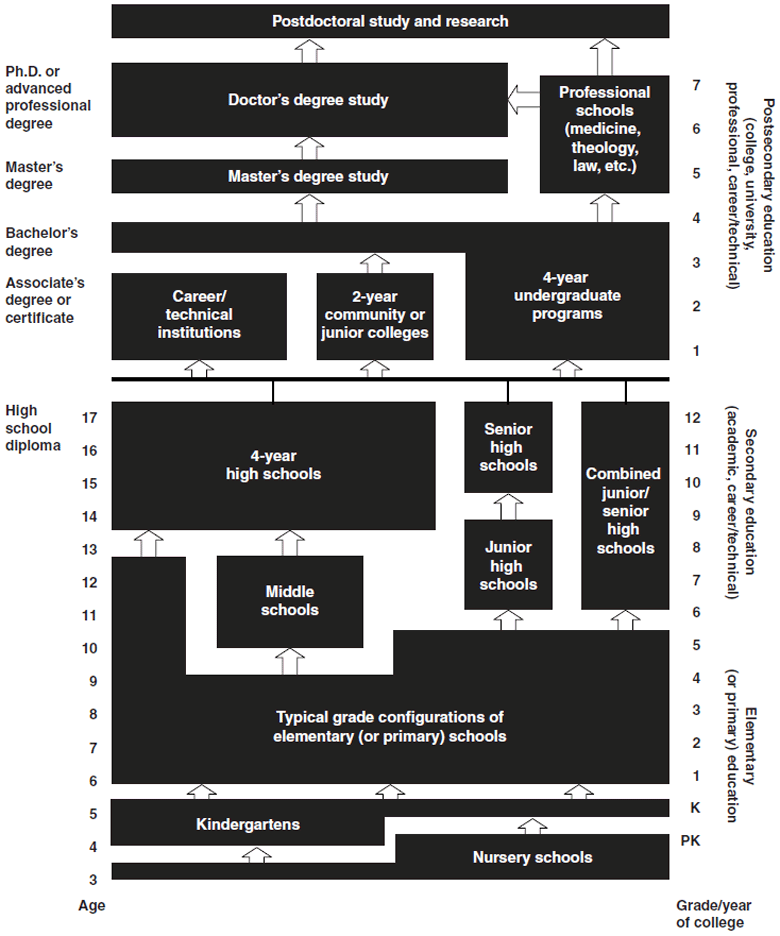|
Peter Carnley Anglican Community School
Peter Carnley Anglican Community School is a private co-educational school located in Perth, Western Australia in the suburb of Wellard, Western Australia, Wellard. It is located on 9 hectares of land adjacent to public open space of almost 6 hectares and an agreement exists that allows for the school to access the City of Kwinana's sporting facilities. The school is named in honour of the 6th Archbishop of Perth, Peter Carnley, who served as Archbishop of Perth and Metropolitan of Western Australia from 1981 to 2005. He was also the Anglican Primate of Australia from 2000 to 2005. The school offers K–12 education. In January 2017 the school opened a second campus located in Calista, Western Australia, Calista for K–2 education, with year 3–12 education continuing on the Wellard, Western Australia, Wellard campus. Houses The school is divided into four different House system, houses: Laurence (gold), Moody (blue), Lindbeck (green) and Murray (red). The four houses compe ... [...More Info...] [...Related Items...] OR: [Wikipedia] [Google] [Baidu] |
Perth, Western Australia
Perth is the capital and largest city of the Australian state of Western Australia. It is the fourth most populous city in Australia and Oceania, with a population of 2.1 million (80% of the state) living in Greater Perth in 2020. Perth is part of the South West Land Division of Western Australia, with most of the metropolitan area on the Swan Coastal Plain between the Indian Ocean and the Darling Scarp. The city has expanded outward from the original British settlements on the Swan River, upon which the city's central business district and port of Fremantle are situated. Perth is located on the traditional lands of the Whadjuk Noongar people, where Aboriginal Australians have lived for at least 45,000 years. Captain James Stirling founded Perth in 1829 as the administrative centre of the Swan River Colony. It was named after the city of Perth in Scotland, due to the influence of Stirling's patron Sir George Murray, who had connections with the area. It gained city stat ... [...More Info...] [...Related Items...] OR: [Wikipedia] [Google] [Baidu] |
Western Australia
Western Australia (commonly abbreviated as WA) is a state of Australia occupying the western percent of the land area of Australia excluding external territories. It is bounded by the Indian Ocean to the north and west, the Southern Ocean to the south, the Northern Territory to the north-east, and South Australia to the south-east. Western Australia is Australia's largest state, with a total land area of . It is the second-largest country subdivision in the world, surpassed only by Russia's Sakha Republic. the state has 2.76 million inhabitants percent of the national total. The vast majority (92 percent) live in the south-west corner; 79 percent of the population lives in the Perth area, leaving the remainder of the state sparsely populated. The first Europeans to visit Western Australia belonged to the Dutch Dirk Hartog expedition, who visited the Western Australian coast in 1616. The first permanent European colony of Western Australia occurred following the ... [...More Info...] [...Related Items...] OR: [Wikipedia] [Google] [Baidu] |
Wellard, Western Australia
Wellard is a suburb of Perth, Western Australia, located within the City of Kwinana. The suburb was named in 1923, originally referred to as 13-Mile Camp (part of the Peel Estate), it was named after John Wellard, an early settler who owned a farm about from the suburb. At the time of the 2011 census there were 3,246 people living in the suburb of Wellard. The ABS reported the most common responses for employed persons usually resident in Wellard were technicians and trades workers 21.7%, clerical and administrative workers 17.1%, professionals 14.9%, managers 9.3% and labourers 8.6%. Village and shops A joint venture between the Western Australian Department of Housing and Peet Limited since 2003, The Village at Wellard is a 320-hectare mixed-use development in the City of Kwinana that will ultimately accommodate 1,700 households. It is Perth’s first transit-oriented development on the Perth to Mandurah rail line. Residents can reach the Perth CBD in less than 30 minutes a ... [...More Info...] [...Related Items...] OR: [Wikipedia] [Google] [Baidu] |
City Of Kwinana
The City of Kwinana is a local government area of Western Australia. It covers an area of approximately 118 square kilometres in metropolitan Perth, and lies about 38 km south of Perth central business district, via the Kwinana Freeway. Kwinana maintains 287 km of roads and had a population of almost 39,000 as at the 2016 Census. History Kwinana is a Kimberley Aboriginal word meaning either "young woman" or "pretty maiden". The ship was wrecked on Cockburn Sound in 1922 and blown onto Kwinana Beach. The nearby area acquired the name and it was officially adopted for a township in 1937. Some of its suburbs take their names from the sailing ships that first brought immigrants to Western Australia, for example, Medina, Calista and Parmelia. The Kwinana Road District was formed out of part of Rockingham on 15 February 1954 as a result of the passage of the ''Kwinana Road District Act 1953''. Section 4 of the Act stated that "there shall not be a duly elected ... [...More Info...] [...Related Items...] OR: [Wikipedia] [Google] [Baidu] |
Peter Carnley
Peter Frederick Carnley (born 17 October 1937) is a retired Australian Anglican bishop and author. He was the Archbishop of Perth from 1981 to 2005 and Primate of the Anglican Church of Australia from 2000 until May 2005. He ordained the first women priests in Australia. In the 2007 Queen's Birthday Honours list, he was appointed a Companion of the Order of Australia. He is married to Ann Carnley.He also founded the school Peter Carnley Anglican Community School. Education and teaching Carnley was born in New Lambton, New South Wales. He trained for ordination at St John's College, Morpeth, and was ordained deacon in 1962 and priest in 1964. He studied in Australia at Trinity College, Melbourne, and in England at Emmanuel College and St John's College, Cambridge, and became warden of St John's College at the University of Queensland, as well as lecturer in theology at the University of Queensland, before becoming a bishop. As a lecturer in the 1970s he experimented with Pr ... [...More Info...] [...Related Items...] OR: [Wikipedia] [Google] [Baidu] |
Anglican Primate Of Australia
The Anglican Primate of Australia is the Primates in the Anglican Communion, senior bishop and President of the General Synod of the Anglican Church of Australia. Between General Synods, the Primate is also President of the Standing Committee of the General Synod which takes responsibility for the affairs of the General Synod in between General Synod sessions. The Primate is elected from among the country's Anglican diocesan bishops, by a Board of Electors, comprising diocesan bishops and representative clergy and laity. List References {{DEFAULTSORT:Australia, Primate Of Lists of Anglican bishops and archbishops Lists of Anglicans Anglicanism in Australia Anglican Church of Australia clergy, Primates of the Anglican Church of Australia, ... [...More Info...] [...Related Items...] OR: [Wikipedia] [Google] [Baidu] |
K–12
K–12, from kindergarten to 12th grade, is an American English expression that indicates the range of years of publicly supported primary and secondary education found in the United States, which is similar to publicly supported school grades before college in several other countries, such as Afghanistan, Australia, Canada, China, Ecuador, Egypt, India, Iran, the Philippines, South Korea, and Turkey. History U.S. public education was conceived of in the late 18th century. In 1790, Pennsylvania became the first state to require some form of free education for everyone regardless of whether they could afford it. New York passed similar legislation in 1805. In 1820, Massachusetts became the first state to create a tuition-free high school, Boston English. The first K–12 public school systems appeared in the early 19th century. In the 1830s and 1840s, Ohioans were taking a significant interest in the idea of public education. At that point in time, schools were commonly opera ... [...More Info...] [...Related Items...] OR: [Wikipedia] [Google] [Baidu] |
Calista, Western Australia
Calista is a southern suburb of Perth, Western Australia, located within the City of Kwinana. Calista is one of the Kwinana suburbs named after a ship. ''Calista'' was one of the first ships to bring settlers to the Swan River Colony. She arrived with 73 passengers on 5 August 1829 under the command of Captain S. Hawkins. Two of the most notable passengers on the ship were Lionel and William Samson. Calista is home to the Kwinana Adventure Park which was voted the Western Australia’s joint Favourite Playground in 2021. References External links Suburbs of Perth, Western Australia Suburbs in the City of Kwinana {{PerthAU-geo-stub ... [...More Info...] [...Related Items...] OR: [Wikipedia] [Google] [Baidu] |
House System
The house system is a traditional feature of schools in the United Kingdom. The practice has since spread to Commonwealth countries and the United States. The school is divided into subunits called "houses" and each student is allocated to one house at the moment of enrollment. Houses may compete with one another at sports and maybe in other ways, thus providing a focus for group loyalty. Historically, the house system was associated with public schools in England, especially full boarding schools, where a "house" referred to a boarding house at the school. In modern times, in both day and boarding schools, the word ''house'' may refer only to a grouping of pupils, rather than to a particular building. Different schools will have different numbers of houses, with different numbers of students per house depending on the total number of students attending the school. Facilities, such as pastoral care, may be provided on a house basis to a greater or lesser extent depending ... [...More Info...] [...Related Items...] OR: [Wikipedia] [Google] [Baidu] |
Anglican Primary Schools In Perth, Western Australia
Anglicanism is a Western Christian tradition that has developed from the practices, liturgy, and identity of the Church of England following the English Reformation, in the context of the Protestant Reformation in Europe. It is one of the largest branches of Christianity, with around 110 million adherents worldwide . Adherents of Anglicanism are called ''Anglicans''; they are also called ''Episcopalians'' in some countries. The majority of Anglicans are members of national or regional ecclesiastical provinces of the international Anglican Communion, which forms the third-largest Christian communion in the world, after the Roman Catholic Church and the Eastern Orthodox Church. These provinces are in full communion with the See of Canterbury and thus with the Archbishop of Canterbury, whom the communion refers to as its ''primus inter pares'' (Latin, 'first among equals'). The Archbishop calls the decennial Lambeth Conference, chairs the meeting of primates, and is ... [...More Info...] [...Related Items...] OR: [Wikipedia] [Google] [Baidu] |
Anglican Schools Commission
The Anglican Schools Commission (ASC) was established in 1985, following the passage of a resolution by the Anglican Diocese of Perth, Perth Diocesan Synod of the Anglican Church of Australia. It was given the role of creating affordable Christian education in the Anglican tradition, and accessible to the disadvantaged and children with disabilities. Since its establishment, the group has founded or acquired nine schools, initially in Western Australia. Each school is known as an "Anglican Community School" or "Anglican School" which is included in their name. However the Commission does not control the member schools, but rather each school has its own constitution, and is governed by its own School Council drawn from Church, parent and community sources. Instead, the ASC lays down policies and procedures in a wide range of areas, most of which relate to educational and management issues. Since 1998, Anglican schools in New South Wales and Victoria (Australia), Victoria have b ... [...More Info...] [...Related Items...] OR: [Wikipedia] [Google] [Baidu] |




